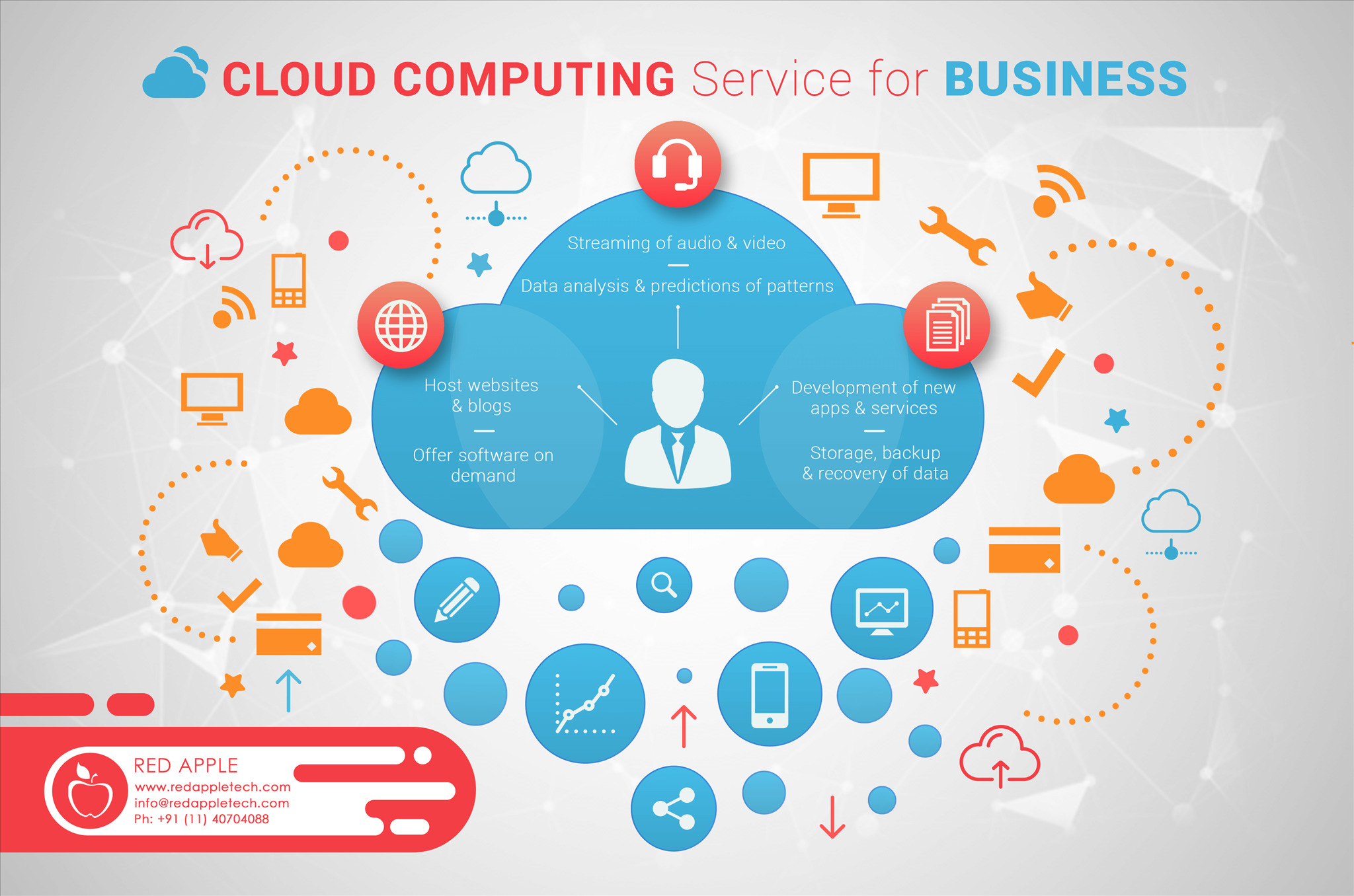Simplify Your Framework With Cloud Provider
As companies browse the ever-evolving landscape of modern technology and data administration, the duty of cloud services in simplifying facilities has actually become progressively popular. Just how can organizations efficiently browse this change and truly unlock the capacity of cloud solutions for simplifying their facilities?
Advantages of Cloud Provider
Cloud services supply a streamlined strategy to managing IT framework, supplying companies with cost-efficiency, scalability, and flexibility. One of the essential advantages of cloud solutions is the scalability they provide.
In addition, cloud solutions get rid of the need for organizations to buy costly software and hardware. This cost-efficiency is a significant benefit, particularly for little to medium-sized enterprises aiming to lessen upfront expenses. By utilizing cloud services, businesses can access premium IT resources without the hefty price related to traditional framework configurations.
In addition, cloud solutions provide businesses with the flexibility to access their information and applications from anywhere with an internet link. This level of availability boosts collaboration among groups, enables remote work, and increases total performance. The versatility used by cloud services equips organizations to adjust quickly to transforming market problems and customer needs.
Cost Financial Savings and Scalability
Along with the operational advantages highlighted earlier, the combination of cloud services into a firm's infrastructure produces considerable expense savings and improved scalability. Cloud services provide a pay-as-you-go version, allowing businesses to scale sources up or down based upon current requirements, therefore staying clear of the prices related to maintaining excess capacity. This adaptability enables firms to adapt rapidly to rising and fall needs without incurring unneeded expenses.
Furthermore, cloud services remove the demand for upfront financial investments in software and hardware, lowering funding expenditures. General expenses are also minimized as companies no more need to handle and maintain physical web servers, bring about reduced power consumption and IT staffing prices. Furthermore, cloud services supply automatic updates and maintenance, making certain that the facilities remains up-to-date and safe and secure without needing manual interventions.
Boosted Security Procedures
Executing rigid protection measures is vital when integrating cloud solutions into a company's framework to secure delicate data and make certain compliance with sector policies. Cloud company provide boosted protection functions such as information file encryption, firewall program protection, and multi-factor verification to minimize cybersecurity risks. Encryption assists protect data both at remainder and in transit, guaranteeing that just licensed individuals can access sensitive details. Firewall programs act as a barrier between internal networks and exterior threats, tracking and controlling outward bound and inbound network web traffic. Multi-factor verification adds an additional layer of protection by calling for customers to supply several types of confirmation prior to accessing the cloud solutions.
Furthermore, normal protection audits and compliance assessments help determine susceptabilities and guarantee adherence to industry standards. Companies can additionally gain from features like computerized protection updates and real-time danger tracking offered by cloud provider. By prioritizing safety and security procedures and staying aggressive in dealing with potential risks, organizations can confidently utilize cloud services while protecting their beneficial information from unapproved gain access to or breaches.
Transitioning to Cloud Framework
To efficiently incorporate cloud solutions into a company's infrastructure, an organized approach that attends to the shift towards cloud-based solutions is imperative. Transitioning to shadow infrastructure includes cautious preparation and execution to make certain a smooth movement procedure. The primary step is to assess the existing infrastructure and determine which applications and systems are appropriate for migration to the cloud. This evaluation needs to take into consideration aspects such as data sensitivity, compliance requirements, and efficiency needs.
As soon as the evaluation is full, a movement strategy ought to be developed. This technique should lay out the timeline, sources, and view it now responsibilities for moving each component to the cloud. It is vital to connect this plan clearly to all stakeholders to ensure alignment and minimize disruptions during the transition.
During the movement testing, process and tracking are essential to identify and resolve any type of problems without delay. Routine checkpoints must be developed to track progress and make necessary changes. Furthermore, training for workers on utilizing cloud solutions ought to be offered to make sure an effective transition and make best use of the advantages of the new infrastructure.
Finest Practices for Cloud Fostering
Successful fostering of cloud solutions pivots on the tactical alignment of business purposes with technical capabilities and business readiness. To make certain a smooth shift to the cloud, companies ought to begin by carrying out a comprehensive evaluation of their current framework and determining which workloads are best matched for cloud movement. It is important to include key stakeholders from different departments in the decision-making process to gain buy-in and resolve any issues early on.
Another ideal technique for cloud fostering is to focus on protection and compliance. Organizations has to thoroughly assess the safety procedures supplied by cloud company and ensure that their data is safeguarded according to sector standards and regulative requirements. Carrying out robust information file encryption, accessibility controls, and normal security audits can assist reduce threats connected with cloud fostering.

Final Thought

As services navigate the ever-evolving landscape of innovation and information management, the function of cloud solutions in simplifying framework has ended up being increasingly popular - cloud services press release. How can services properly navigate this transition and absolutely unlock the potential of cloud services for streamlining their framework?
Cloud solutions supply a structured method to managing IT facilities, supplying organizations with adaptability, cost-efficiency, and scalability. By utilizing cloud solutions, businesses can access top quality IT resources without the substantial rate tag connected with conventional facilities arrangements.
To guarantee a smooth transition to the cloud, organizations must start by conducting a comprehensive assessment of their current infrastructure and identifying which workloads are best suited for cloud movement.